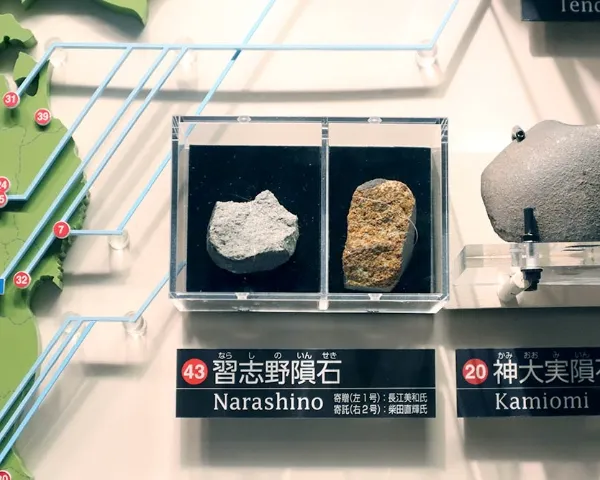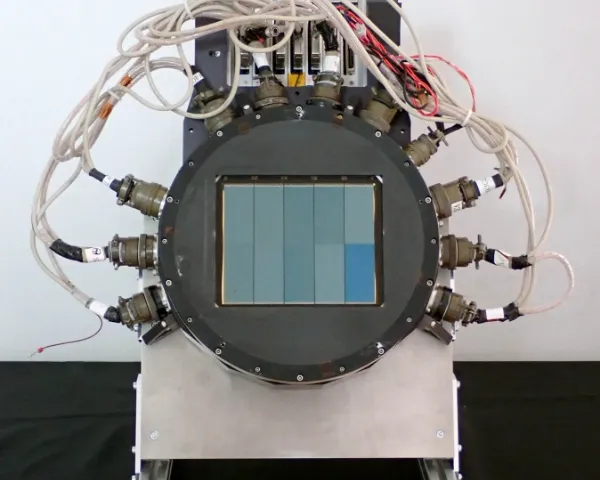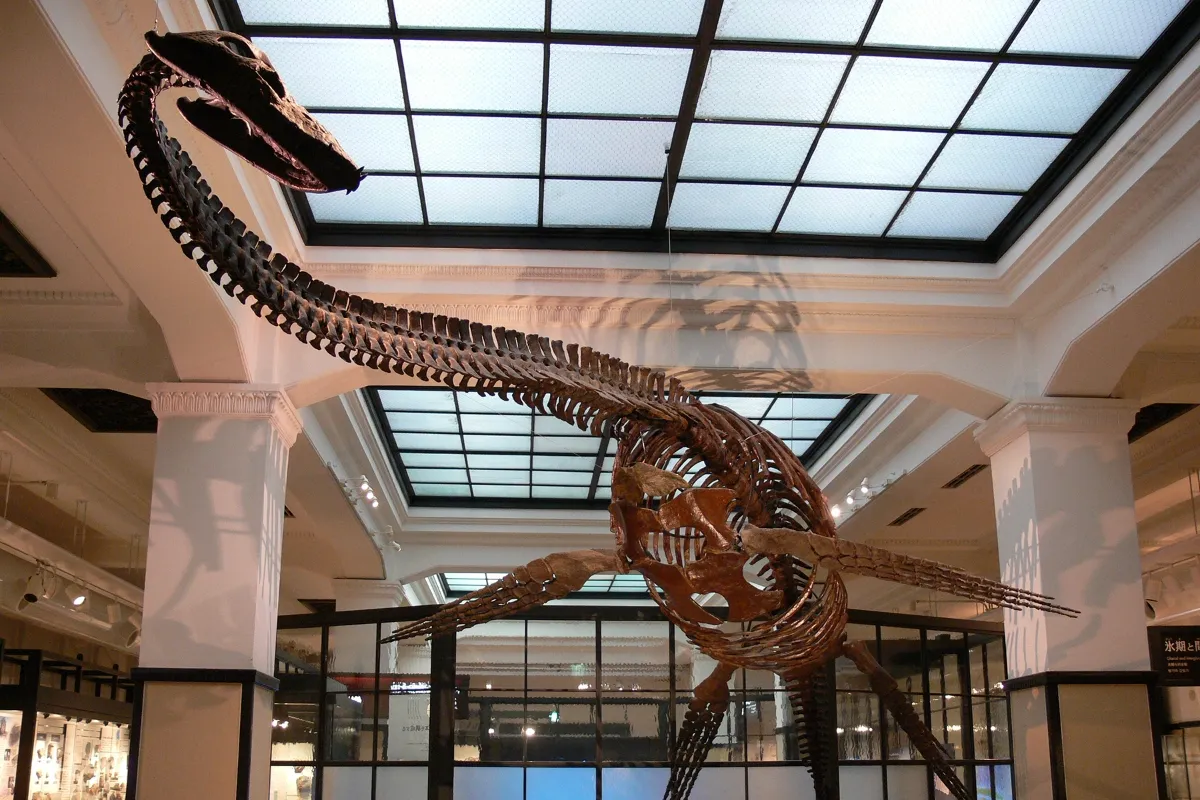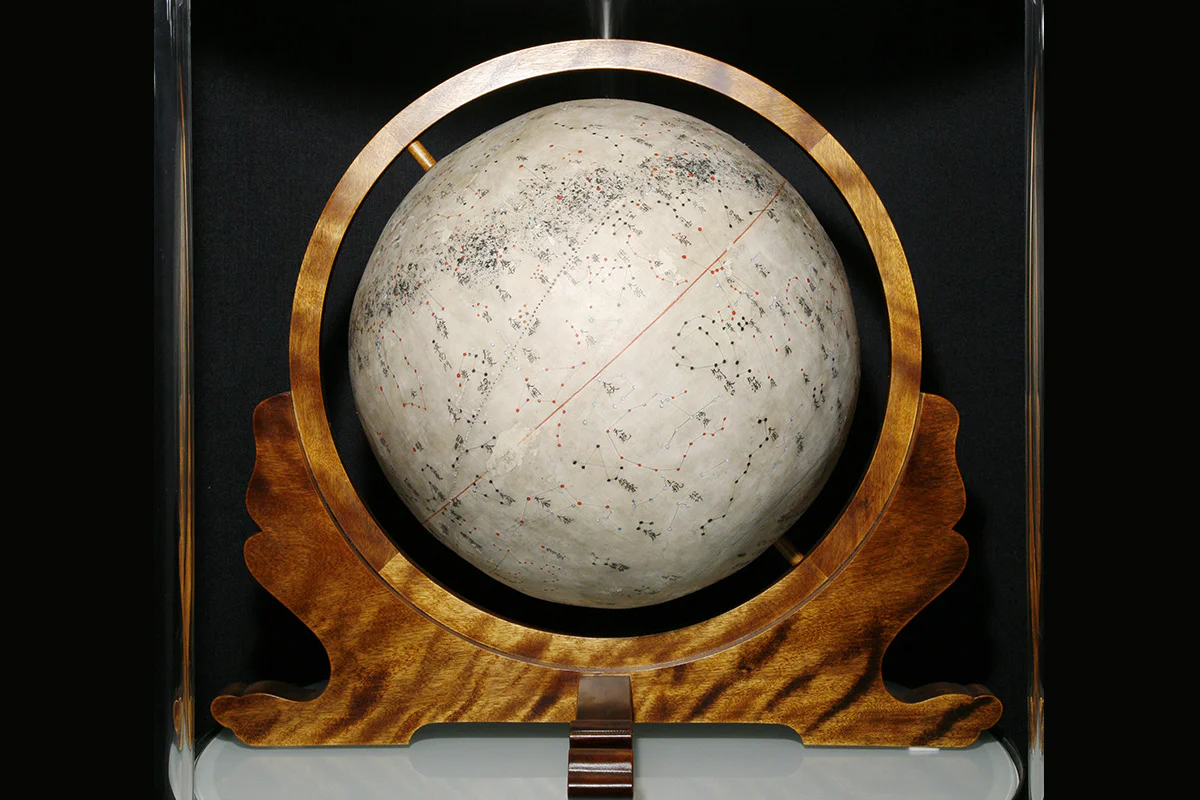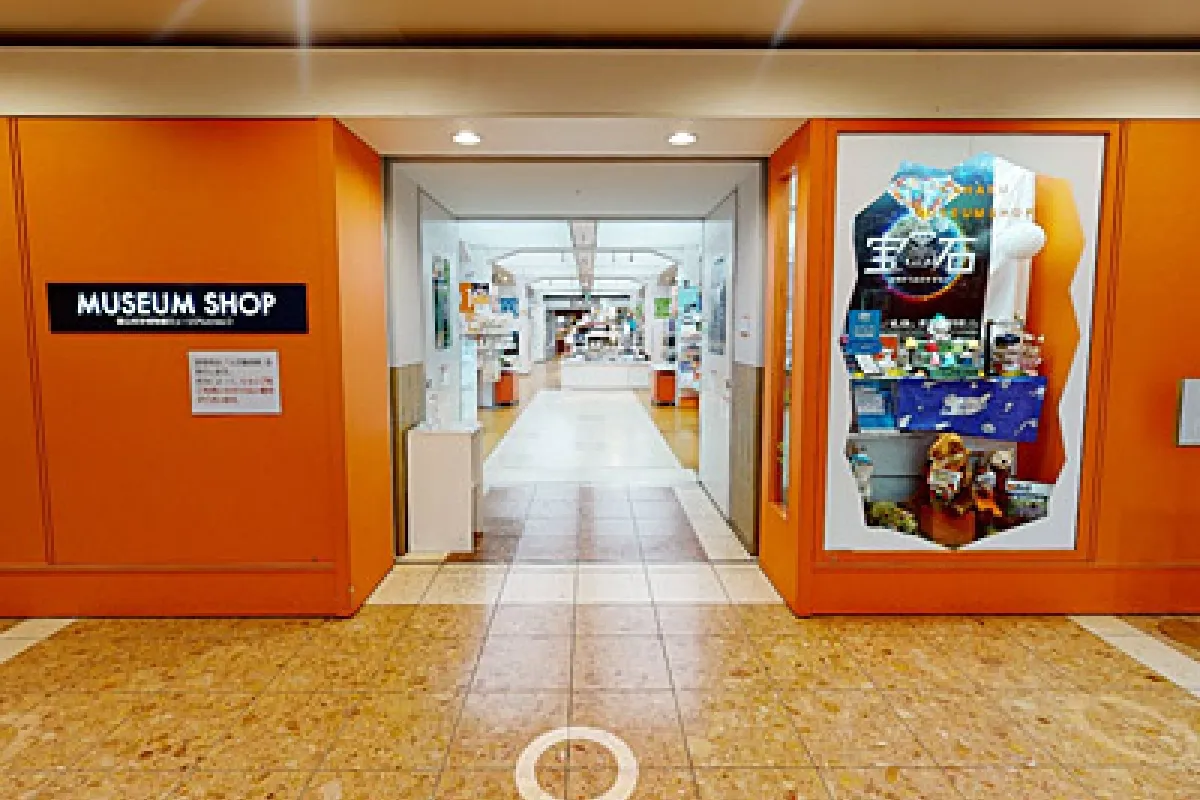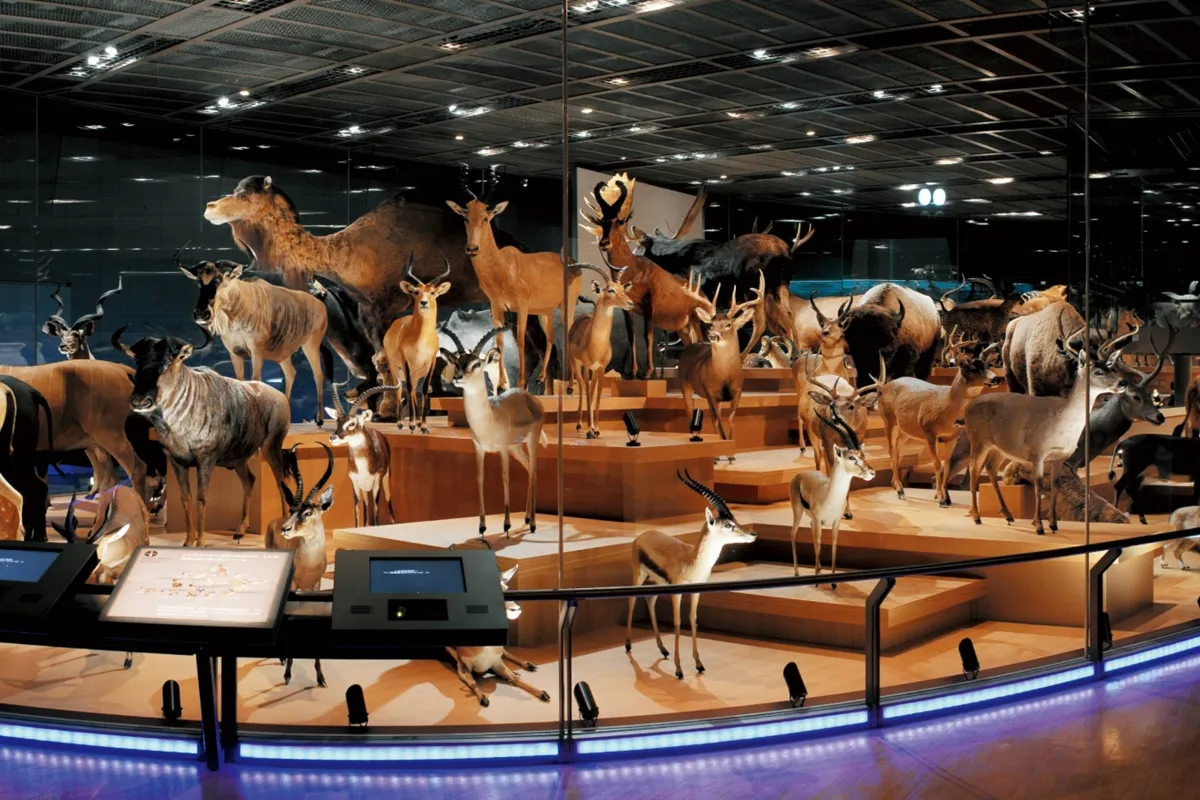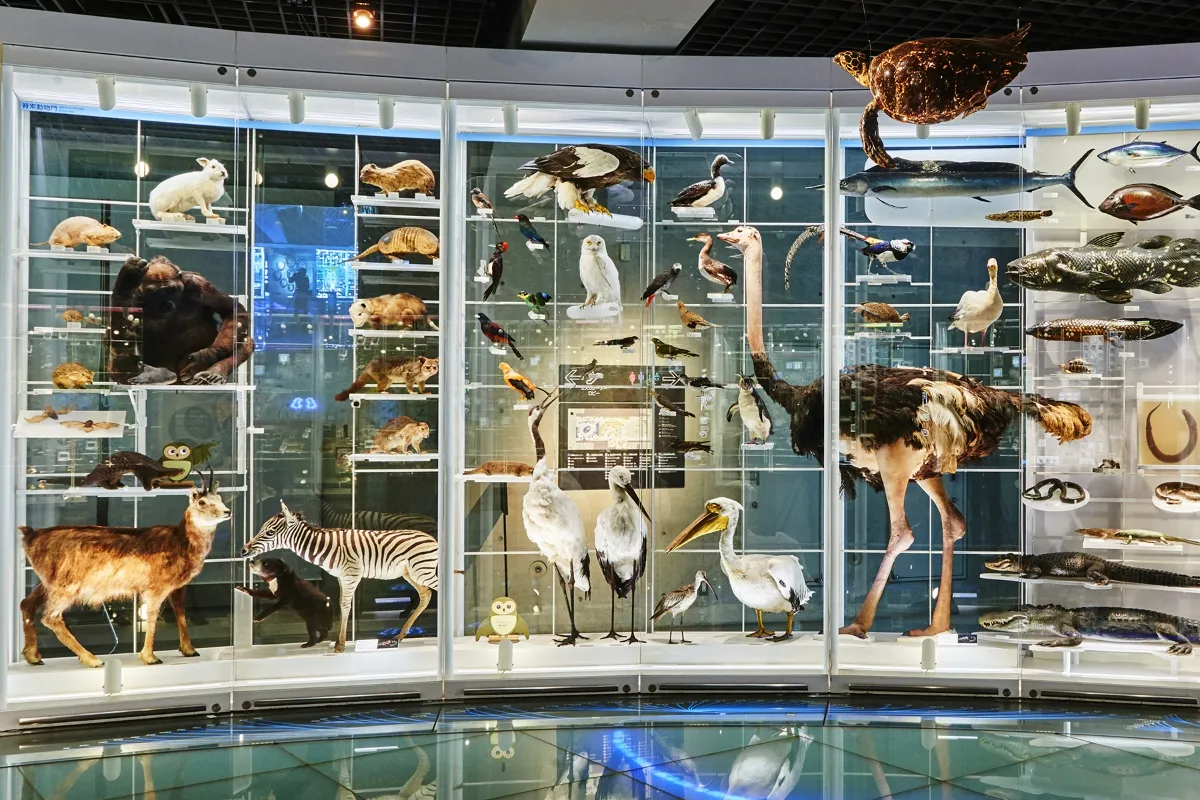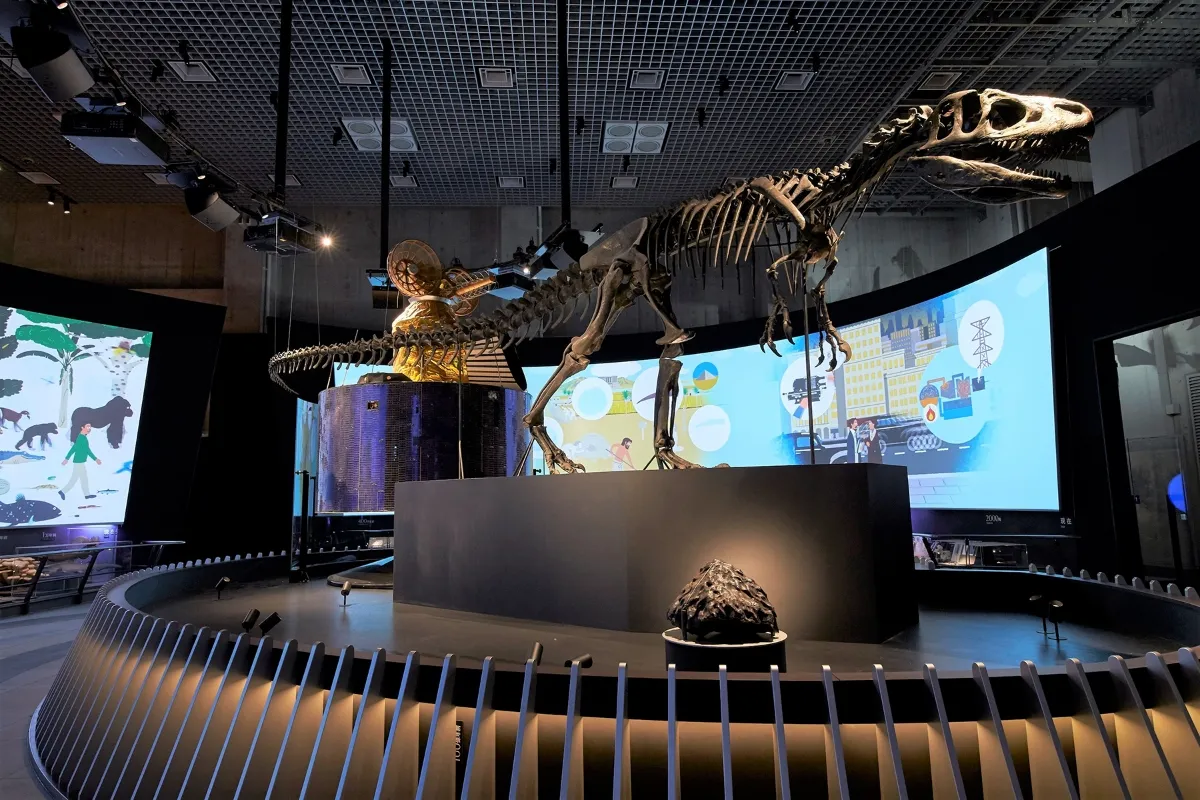Exhibitions TOP
Special Exhibitions
Permanent Exhibitions
You can search the specimens, materials, and other items currently on display in the Permanent Exhibitions (Global Gallery and Japan Gallery) online.
Highlights of the Permanent Exhibitions
Japan Gallery
3F-South
Ⅰ. Nature of the Japanese Islands
3F-North
Ⅱ. History of the Japanese Island
2F-South
Ⅲ. Organisms of the Japanese Islands
2F-North
Ⅳ. Japanese People and Nature
1F-South
Ⅴ. Techniques in Observing Nature
| The Japan Gallery South Exhibition Room on the 1st floor will be closed for partial renovation from Tuesday, December 16, 2025, until May 2026 (tentative). |
1F-North
Exhibition Hall (for temporally exhibitions)
B1F-South
Museum Shop
B1F
THEATER 36◯
Global Gallery
3F
Animal of the Earth
ComPaSS - Exploration Area for Families with Children
Click here
2F
Progress in Science and Technology
Investigation Technology for the Earth
1F
Biodiversity – We are All Part of the Same Ecosystem
Navigators on the History of Earth]
B1F
Evolution of Life -Exploring the Mysteries of Dinosaur Evolution-
B2F
Evolution of life – From the Earth’s Origin through Human Existence
B3F
Exploring the Structure of Nature -How our world works-
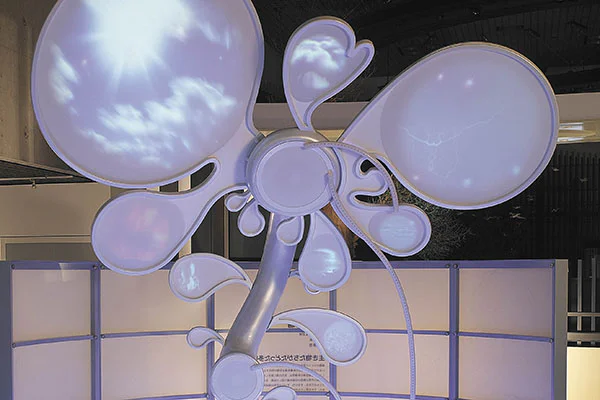
Start Time
10:00 - 11:00 - 12:00 - 13:00 - 14:00 - 15:00 - 16:00 -
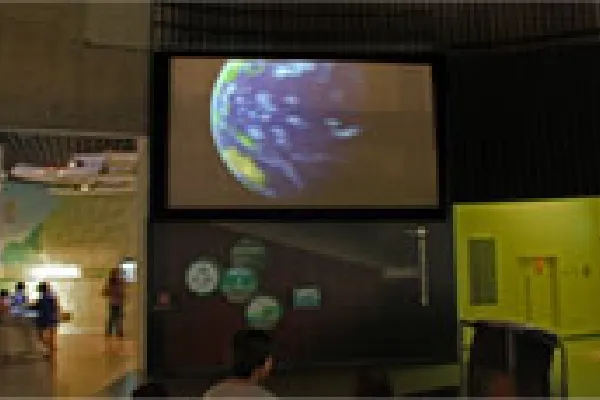
Start Time
9:40 - 10:20 - 11:00 - 11:40 - 12:20 - 13:00 - 13:40 - 14:20 - 15:00 - 15:40 - 16:20 -
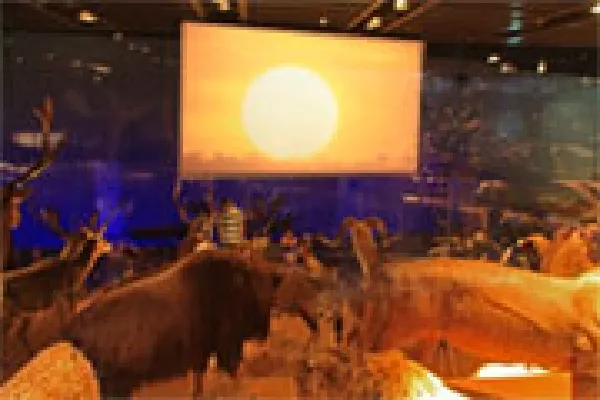
Start Time
10:00 - 10:40 - 11:20 - 12:00 - 12:40 - 13:20 - 14:00 - 14:40 - 15:20 - 16:00 -
Outdoor Gallery
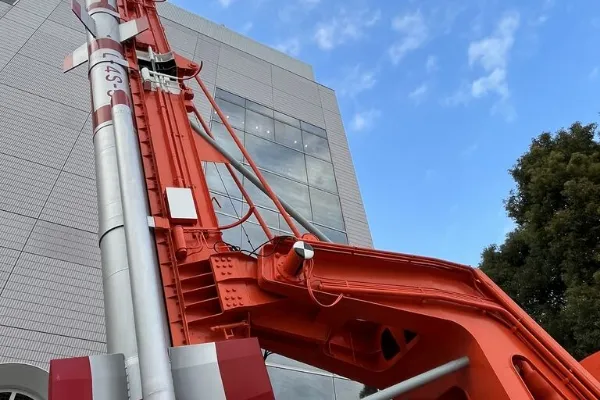
*Displayed on the back side of the Global Gallery (JR side).

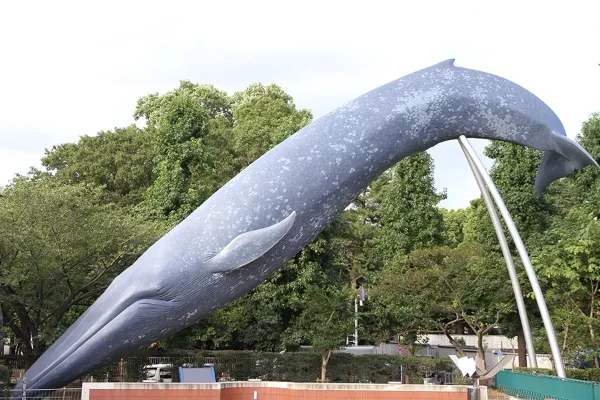
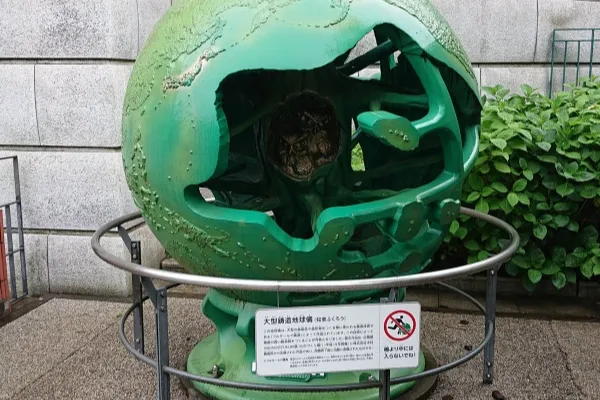
Recommended Tours
We feature permanent exhibitions in two buildings: the Japan Gallery (B1–3F) and the Global Gallery (B3–3F). The exhibition halls are quite spacious, allowing visitors to explore freely at their own pace. Visitors can explore the exhibitions following
their own themes or stories, but for those wondering how to tour the museum, we have prepared “recommended tours.”
We encourage you to use these tours to explore and enjoy the various exhibitions.
Global Gallery Highlight Tour (90 min)
Japan Gallery Recommended Tour (60 min)
Japan Gallery: Japanese People and Nature Tour
Explore the Japan Gallery while experiencing the richness of Japan’s natural environment and the deep connection between people and nature.
Japanese People and Nature Tour(リンクを新しいタブで開きます)
Other Exhibitions
Touch and Talk Wagon
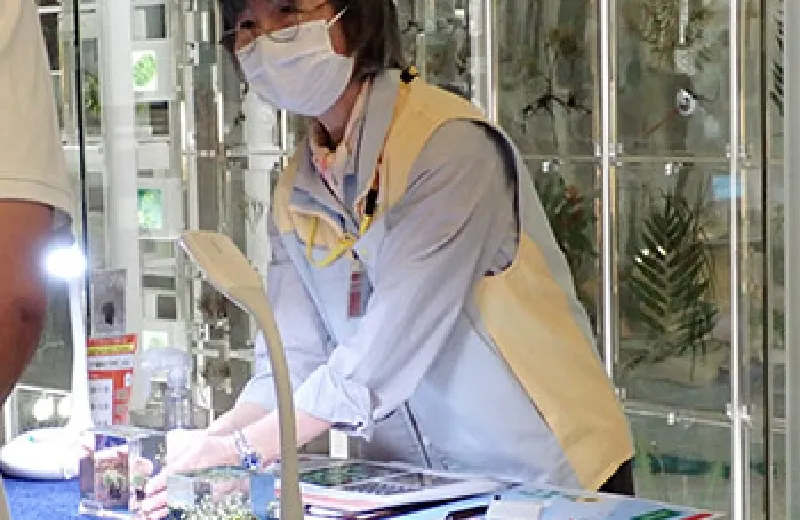 We introduce the key points of the exhibition using real specimens and models that visitors can touch. These activities are available on each floor of the permanent exhibition rooms, so look for the wagons.
We introduce the key points of the exhibition using real specimens and models that visitors can touch. These activities are available on each floor of the permanent exhibition rooms, so look for the wagons.
Exploring Local Regions Through Kahaku’s Exhibitions
 This program allows visitors to explore the museum using a reference list of permanent exhibition materials organized by prefecture. It provides an opportunity to gain a deeper understanding of and rediscover the nature and culture of their hometowns.
This program allows visitors to explore the museum using a reference list of permanent exhibition materials organized by prefecture. It provides an opportunity to gain a deeper understanding of and rediscover the nature and culture of their hometowns.
Kahaku VR
 To allow you to enjoy the National Museum of Nature and Science from home, we have captured high-resolution images of our exhibition halls and exterior, and made them available in 3D view and VR video.
To allow you to enjoy the National Museum of Nature and Science from home, we have captured high-resolution images of our exhibition halls and exterior, and made them available in 3D view and VR video.
Google Arts and Culture
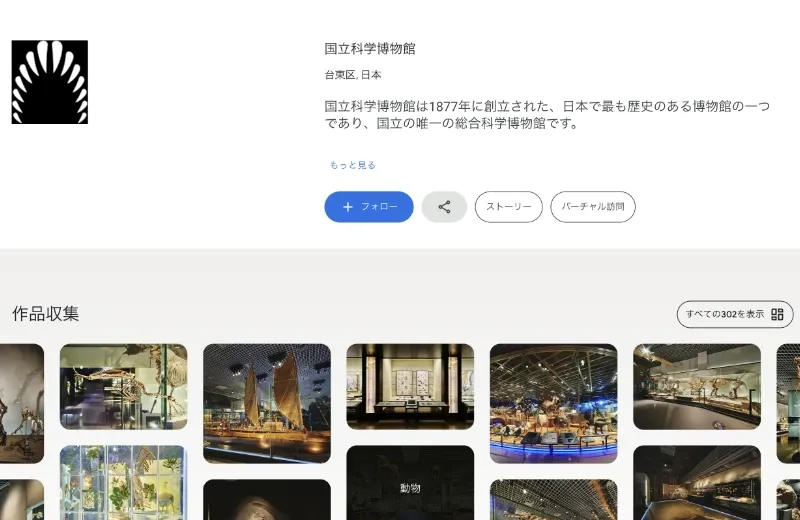 Google Arts & Culture Natural History Collection
Google Arts & Culture Natural History Collection We have published images of the five exhibition halls in the Global Gallery, allowing you to view a digest of the exhibitions.
Kahaku volunteers play an important role in supporting the museum’s activities and connecting visitors with the museum. Here you can find information on volunteer activities and recruitment.
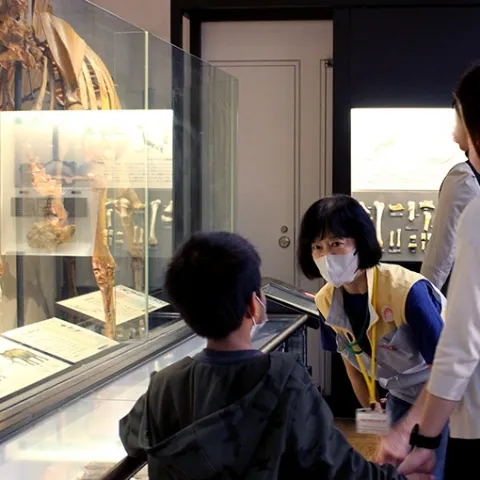
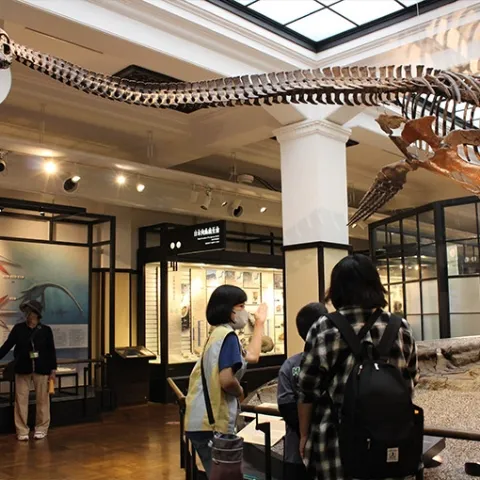
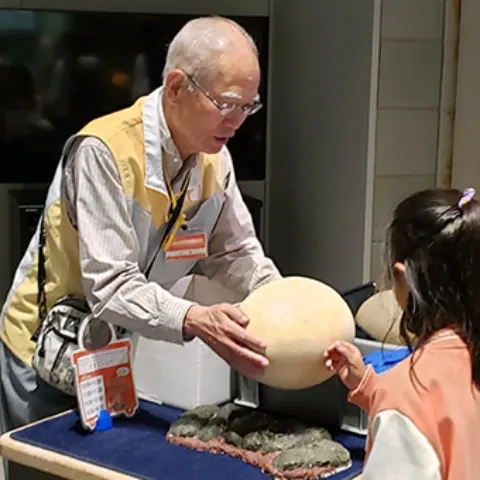
Traveling Exhibitions
Loan of Traveling Exhibits
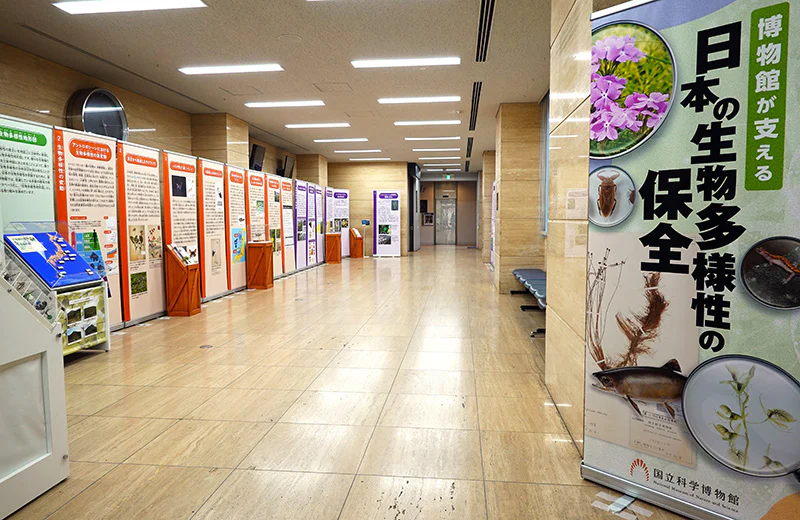 With the aim of supporting the activities and networking of regional museums, we lend out exhibition materials produced by our museum for use in museums and other institutions across Japan.
With the aim of supporting the activities and networking of regional museums, we lend out exhibition materials produced by our museum for use in museums and other institutions across Japan.
